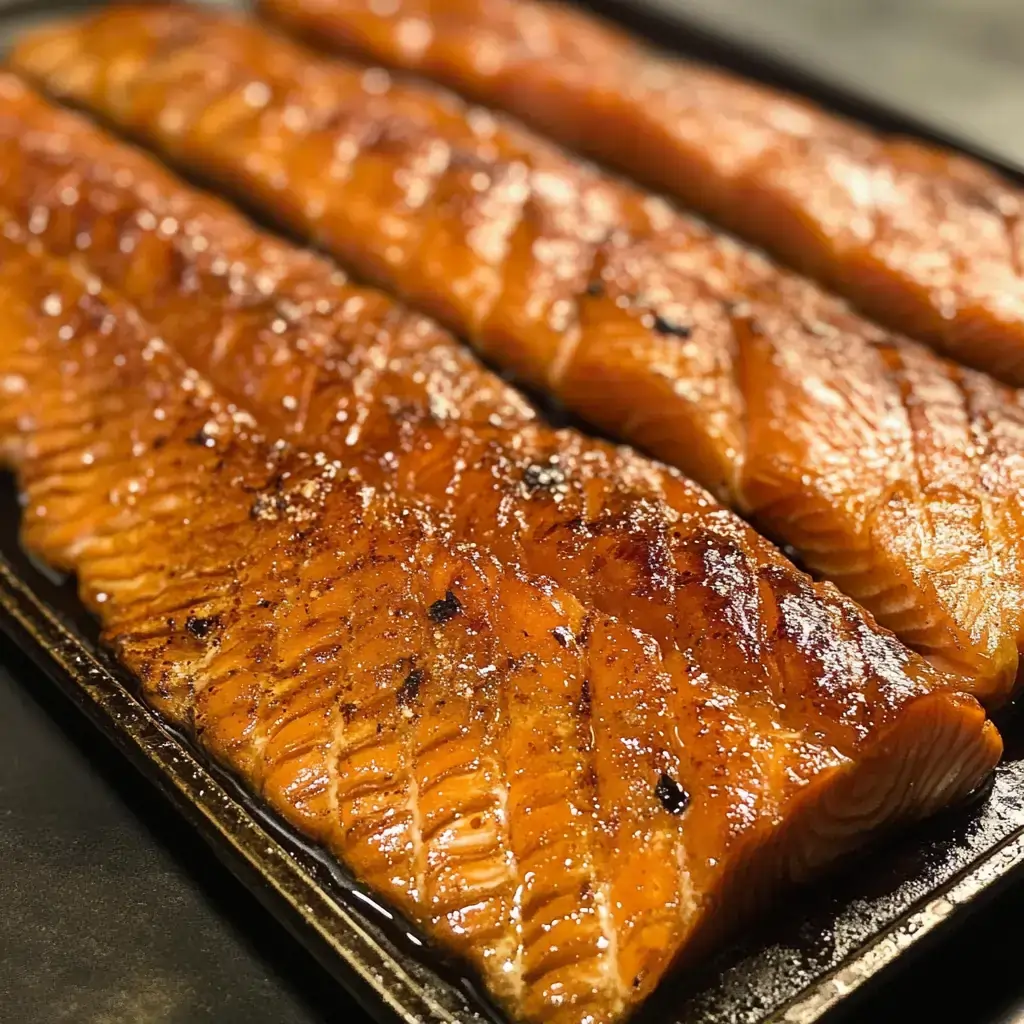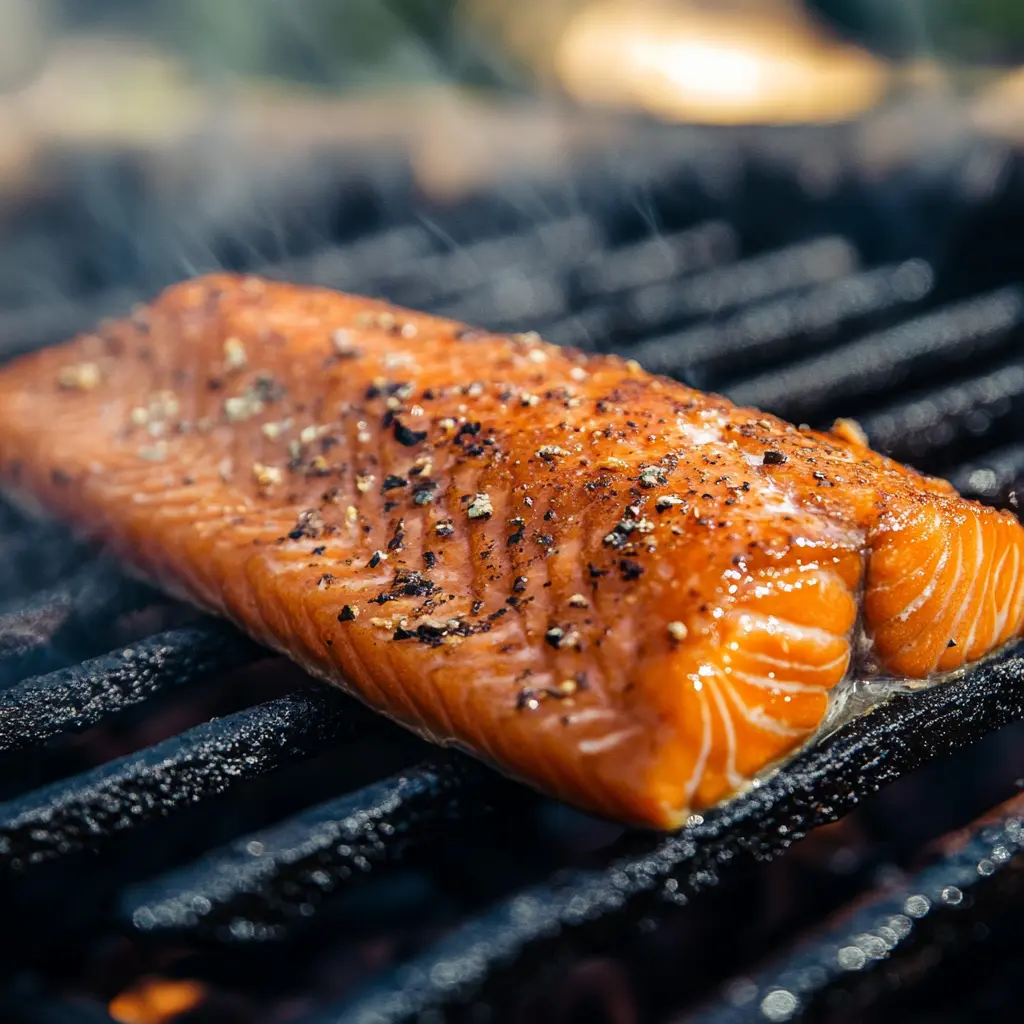Smoked salmon is a culinary delight, known for its rich flavor and silky texture. Whether new to smoking or a seasoned cook, mastering this dish can add a versatile ingredient to your repertoire, perfect for breakfast, lunch, or dinner. In this comprehensive guide, we’ll explore the process of making smoked salmon, covering essential equipment, techniques, common mistakes, and practical tips for the best results. You can make restaurant-quality smoked salmon right at home with a blend of traditional methods and modern conveniences.
Table of Contents
1. Introduction to Smoked Salmon
Smoked salmon is a delicacy with a rich history, originating from cultures that used smoking as a method of preservation. Today, it is appreciated for its unique, smoky flavor and tender, melt-in-your-mouth texture. Smoking salmon can be done using two main methods—cold smoking and hot smoking—each offering a distinct flavor profile and texture. Whether you’re planning to use it in bagels, salads, or gourmet dishes, making your smoked salmon allows you to control the flavor, saltiness, and quality of the final product.
2. Choosing the Right Salmon
The quality of your salmon plays a crucial role in the final taste of your smoked salmon. Here are a few tips for choosing the best fish:
- Wild-Caught vs. Farmed: Wild-caught salmon, such as Alaskan or Pacific salmon, is often preferred for its rich flavor and firm texture. Farmed salmon can also work well, but it tends to have a higher fat content and a slightly different taste.
- Freshness: Always opt for the freshest salmon available. Fresh fish should have a clean, ocean-like scent, bright eyes (if buying whole fish), and firm, shiny flesh.
- Cut of Salmon: The most popular cuts for smoking are the sides (filets) or a whole fillet with the skin on. The skin helps protect the fish during the smoking process, retaining moisture and adding flavor.
3. Types of Smoked Salmon: Cold Smoking vs. Hot Smoking
Understanding the differences between cold smoking and hot smoking is crucial before starting:
- Cold Smoking:
- Temperature: Typically done between 68°F (20°C) and 86°F (30°C).
- Texture: Cold smoking preserves a raw-like, silky texture, similar to lox.
- Duration: This method takes longer, ranging from 12 to 48 hours.
- Flavor: It results in a more delicate, subtly smoky flavor.
- Hot Smoking:
- Temperature: Done between 120°F (49°C) and 180°F (82°C).
- Texture: Hot smoking cooks the fish, resulting in a flakier texture.
- Duration: It is faster, typically taking 2 to 4 hours.
- Flavor: Hot smoking yields a stronger, more robust smoky flavor.

4. Preparing Your Salmon for Smoking
Before smoking, the salmon needs to be properly prepared:
- Trimming: Remove any pin bones using tweezers and trim any rough edges for even smoking.
- Rinsing: Rinse the salmon under cold water to remove any impurities, then pat it dry with paper towels.
- Skin-On: Leave the skin on, as it helps keep the fish intact during smoking and adds a richer flavor.
5. Equipment Needed for Smoking Salmon
Here’s a list of equipment that will make the smoking process easier:
- Smoker: An electric, gas, or charcoal smoker can be used for hot smoking. For cold smoking, a cold smoke generator is recommended.
- Wood Chips: Alder, apple, cherry, or hickory wood chips work well with salmon. Each type imparts a unique flavor.
- Thermometer: A digital thermometer ensures that you maintain the right temperature throughout the smoking process.
- Brining Container: Use a non-reactive container for brining, such as a glass dish or food-safe plastic bin.
6. The Brining Process: Enhancing Flavor and Texture
Brining is an essential step in smoking salmon, as it helps to season the fish and retain moisture during smoking:
- Dry Brine vs. Wet Brine: A dry brine involves coating the salmon with a mixture of salt, sugar, and spices, while a wet brine requires submerging the fish in a saltwater solution.
- Ingredients for Brine:
- Dry Brine: 1 cup of brown sugar, 1/4 cup of salt, and optional spices like black pepper, dill, or garlic powder.
- Wet Brine: 1/4 cup of salt, 1/4 cup of sugar, and 4 cups of water, with optional herbs.
- Brining Duration: For a dry brine, 8 to 12 hours is recommended, while a wet brine may take 4 to 6 hours. Longer brining times can result in a saltier taste, so adjust according to preference.
7. Cold Smoking Salmon: A Step-by-Step Guide
- Prepare the Brined Salmon: After brining, rinse the fish to remove excess salt and pat it dry.
- Form the Pellicle: Place the salmon on a rack in the refrigerator for 2-4 hours to form a pellicle—a thin, tacky layer that helps smoke adhere better.
- Set Up the Cold Smoker: Add your chosen wood chips to the cold smoke generator and set it to the desired temperature.
- Smoke the Salmon: Place the salmon inside the smoker and let it absorb the smoke for 12-24 hours, depending on how strong you want the flavor.
- Check the Texture: The finished salmon should have a firm yet smooth texture with a subtle smoky flavor.
8. Hot Smoking Salmon: A Step-by-Step Guide
- Prepare the Brined Salmon: Rinse and dry as described above.
- Form the Pellicle: Dry the salmon in the refrigerator for a few hours.
- Preheat the Smoker: Bring the smoker to around 140°F (60°C).
- Add the Salmon and Smoke: Place the salmon on a rack, skin-side down, and smoke for 2-4 hours until the internal temperature reaches 145°F (63°C).
- Monitor the Temperature: Adjust the smoker’s temperature as needed to ensure even cooking without drying out the fish.
9. Tips for Getting the Perfect Smoke
- Choosing the Right Wood Chips: For a milder flavor, use alder or apple. For a more robust taste, hickory or oak works well.
- Maintaining Consistent Temperature: Use a thermometer to avoid overcooking or under-smoking.
- Timing is Key: Over-smoking can make the salmon too dry, while under-smoking may result in an underwhelming flavor. Taste and adjust to your liking.

10. Common Mistakes to Avoid When Smoking Salmon
- Skipping the Pellicle: Without forming a pellicle, the smoke won’t adhere well, resulting in less flavor.
- Not Controlling the Temperature: A smoker that gets too hot can cook the fish instead of infusing it with smoke, especially during cold smoking.
- Over-Brining: Leaving salmon in the brine for too long can make it overly salty, masking the delicate flavor of the fish.
11. Storing and Serving Smoked Salmon
Once your salmon is smoked, it can be stored for future use:
- Refrigeration: Smoked salmon can be refrigerated for up to 2 weeks if tightly wrapped.
- Freezing: For longer storage, vacuum-seal and freeze the salmon for up to 6 months.
- Serving Suggestions: Enjoy smoked salmon on bagels with cream cheese, in pasta dishes, on top of salads, or as a luxurious addition to brunch platters.
12. Frequently Asked Questions
- How long does smoked salmon last?
- Properly stored, it can last for about 2 weeks in the fridge and up to 6 months in the freezer.
- Can I smoke frozen salmon?
- It’s best to thaw salmon before smoking to ensure even brining and smoking.
- What is the best way to slice smoked salmon?
- Use a sharp, long knife to slice thinly against the grain for the best texture.
13. Conclusion: Crafting Delicious Smoked Salmon at Home
Making smoked salmon at home is a rewarding process that allows you to enjoy this gourmet treat at a fraction of the cost. By following the steps and tips outlined in this guide, you can customize the flavor, texture, and smokiness to your preference. Whether you prefer the smooth, rich flavor of cold-smoked salmon or the flaky, cooked texture of hot-smoked salmon, your culinary efforts will be well worth the time and patience.
Take Action: Try smoking your salmon at home and experiment with different


